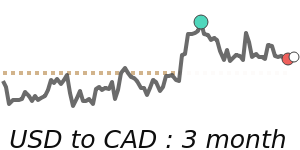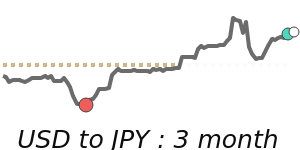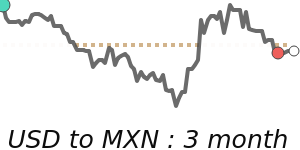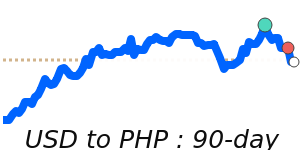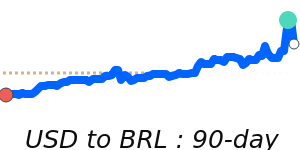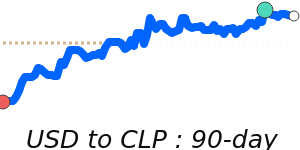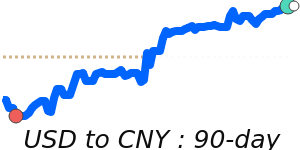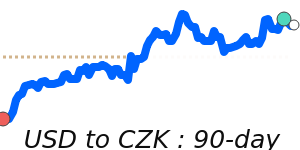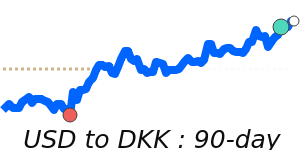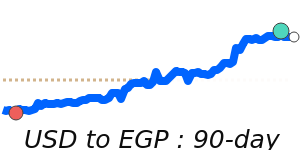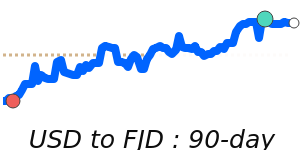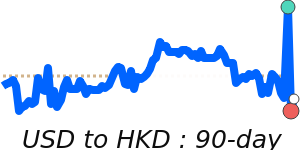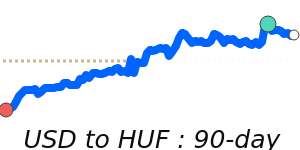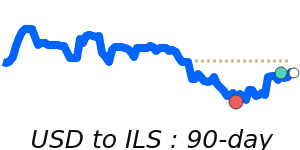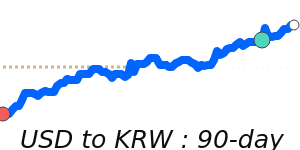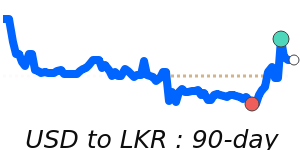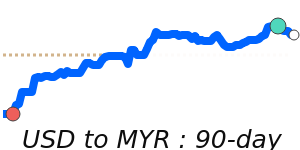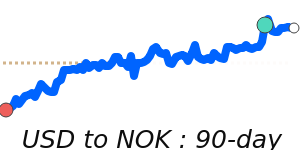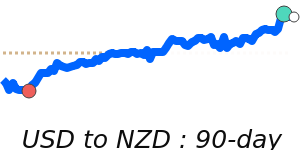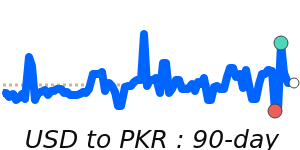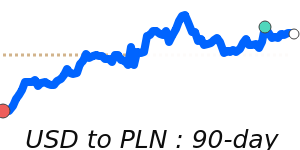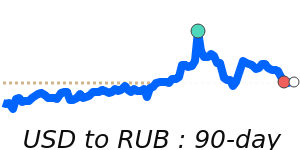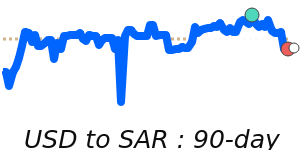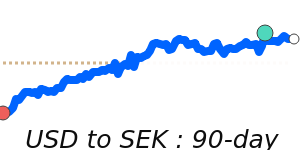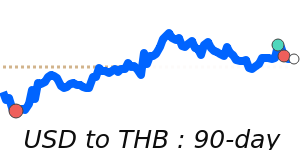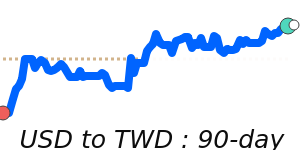The US dollar (USD) has experienced a notable decline following a surprising drop in inflation, with the latest consumer price index revealing a decrease from 3% to 2.7% in November. Analysts suggest that this shift reinforces expectations for a more accommodating monetary policy from the Federal Reserve, expected in 2026, prompting significant selling pressure on the USD.
Market sentiment indicates a robust anticipation of aggressive rate cuts, potentially starting as early as March to June, particularly if upcoming economic data continues to reflect soft inflation. This environment has seen the US Dollar Index (DXY) retreat from its recent highs as traders adjust to a landscape favoring risk assets, such as equities and cryptocurrencies, over the dollar’s haven status.
Recent economic indicators present a mixed picture. Although manufacturing and consumer spending data suggest a slowdown, the labor market remains resilient, with unemployment rates still relatively low. This duality might prevent aggressive Fed action but does imply ongoing downward pressure on the dollar.
The DXY's retreat is further evidenced by its performance against major currencies. The USD to EUR pair is hovering near 90-day lows at 0.8477, approximately 1.3% below its three-month average. The USD to GBP exchange rate similarly trades at a low of 0.7399, down 1.6% from its average, exhibiting a consistent range of movement. Conversely, the USD to JPY rate has seen a modest rise to 156.1, above its three-month average, reflecting somewhat stronger positioning relative to the Japanese yen lately.
Global conditions also weigh heavily on the USD, as other major currencies stabilize amid expectations that the Fed may initiate cuts ahead of the European Central Bank and the Bank of England. This trend tends to weaken the dollar when global market sentiment shifts favorably.
Additionally, oil prices are witnessing fluctuations that can influence USD valuation, as they currently sit at 14-day highs near 62.51, albeit 1.7% below the three-month average. Such commodity price movements can directly affect the dollar, particularly given the US's status as a leading oil producer.
Looking ahead, investors are advised to closely monitor forthcoming CPI and personal consumption expenditures (PCE) data, as well as guidance from the Fed regarding future rate cuts. Any change in risk sentiment globally, particularly related to geopolitical tensions, could also influence USD's trajectory in the short term.
